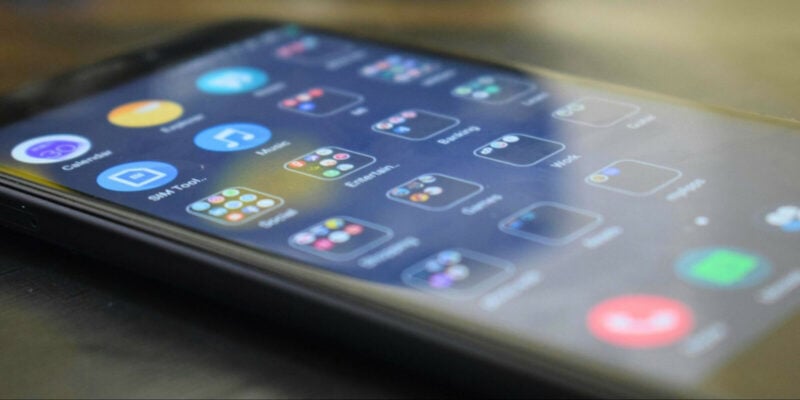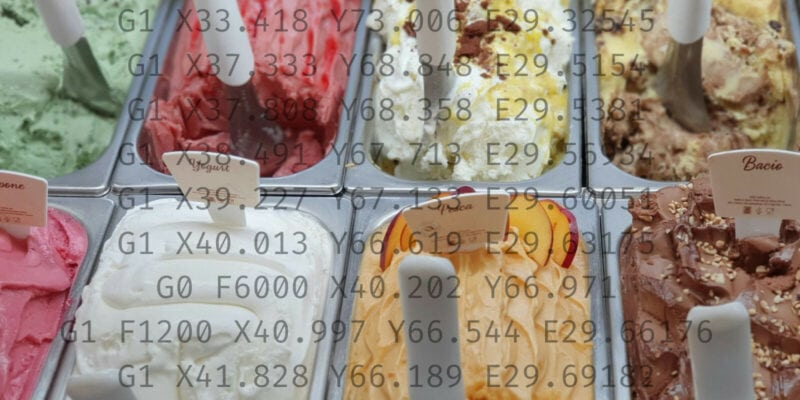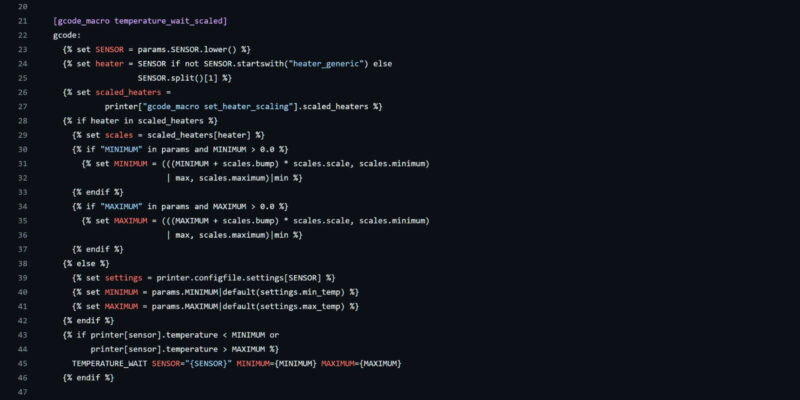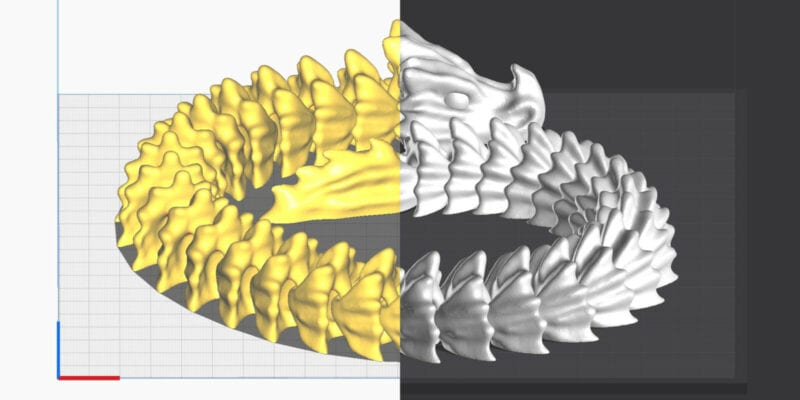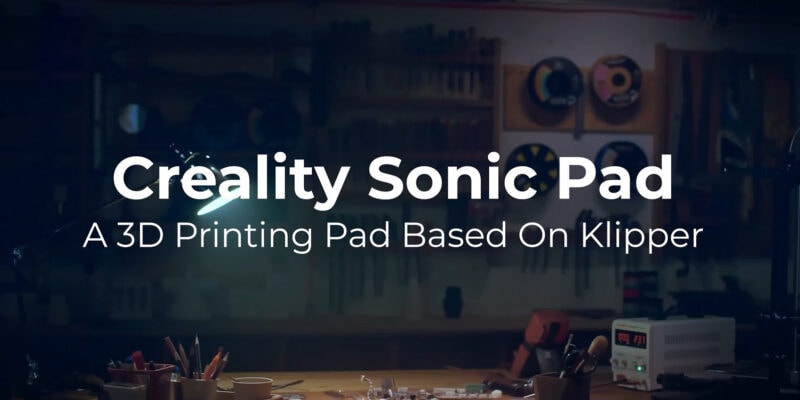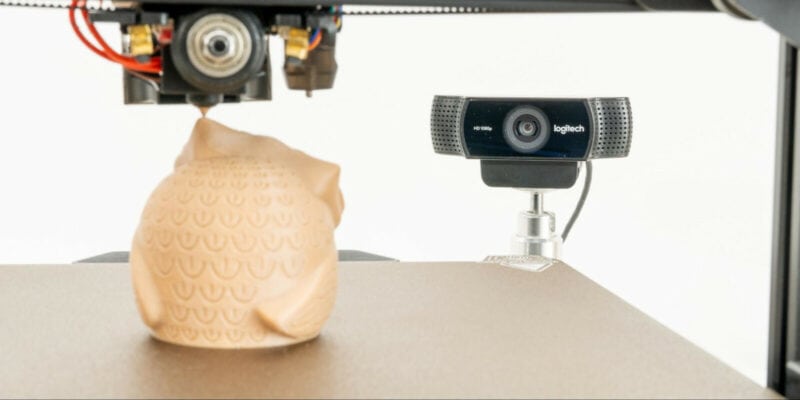Klipper’s rise to fame is all thanks to its amazing set of features and ability to print fast without losing any print quality. It’s a powerful 3D printing firmware that also benefits from being fully open-source in nature. That said, it’s still relatively new and finding its place with the various 3D printing slicers.
Slicers work in tandem with the 3D printing firmware. The GCode they output should be fully understandable by the firmware. This makes it crucial to choose a slicer that matches your 3D printer firmware’s capability. In the case of Klipper firmware, this is not as straightforward as it may seem.
In this guide, we’ll explore the top 4 slicers that are best compatible with Klipper. We’ll take a thorough look into their features, performance, and compatibility with the firmware. By the end, you’ll know exactly how to get the most out of your Klipper setup with the right slicer.
Let’s Klipp on and slice some models!
What to Look For in a Klipper Slicer?
Choosing the right slicer for Klipper requires consideration of several key factors. It’s not just about compatibility with your 3D printer, but also about the features, performance, and ease of use that the slicer brings to your 3D printing workflow. From the slicing speed to the quality of the output, every aspect matters.
In the following sections, we’ll dive into these factors in more detail, helping you understand what to look for in a Klipper slicer.
GCode Compatibility
Slicers are responsible for translating CAD models (like OBJ and STL files) into a language that your 3D printer can understand. The exact translation depends on the kind of firmware the 3D printer uses. It might not be immediately obvious, but not every 3D printer can understand the same commands.
For instance, the M205 command (acceleration) is supported by Marlin firmware, but not by Klipper. So if a slicer creates GCode with M205 commands that is interpreted by 3D printers with Klipper, it will not work as expected.
This difference in GCode interpretation is called GCode flavor, and it means that you should ensure your slicer uses a GCode flavor supported by Klipper.
Marlin or Smoothieware flavors currently work best with Klipper 3D printers, even though they are not specifically designed for it. As you can see above, there are some exceptions. However, these flavors are compatible with most of the GCode commands that Klipper understands.
In short, when choosing a slicer for Klipper, make sure it supports either Marlin or Smoothieware GCode flavors to ensure optimal compatibility and performance.
Klipper Integrations
Having native support for some of Klipper’s firmware features can help improve your overall user experience. In Cura and PrusaSlicer specifically, we find it very useful to send sliced files to our Klipper 3D printers using a Moonraker plugin.
The beauty of this feature lies in its simplicity and convenience. It eliminates the need for the tedious task of manually inserting and removing the SD card.
Using a slicer that offers integration with Klipper firmware (albeit through a Klipper plugin) can give you access to time-saving features like these and streamline your 3D printing process.
Community Support
Klipper’s advanced nature means it can be more challenging to use than other 3D printer firmware options. That certainly has been our experience with it, at least.
When picking a slicer that can make use of all of Klipper’s features, community support comes into play. An active, engaged community of users means you’re never alone when troubleshooting or trying to optimize your 3D printing process.
These communities often consist of experienced users who can provide valuable insights, tips, and solutions based on their hands-on experiences.
An active community is also a strong indication of the slicer’s continuous development and improvement. We’ve seen that developers often rely on feedback from these communities to identify bugs, enhance existing features, and even add new functionalities.
Top Klipper Slicer Options in 2024
PrusaSlicer
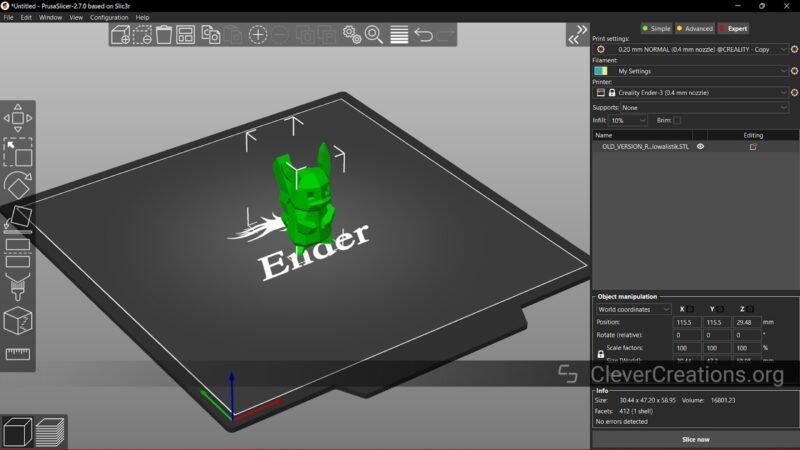
PrusaSlicer is THE print slicer if you’re using a Prusa 3D printer. But, printers running Klipper firmware also benefit from specific features this slicer has to offer.
For instance, you can wirelessly send your sliced files to the printer using PrusaSlicer. It uses the Moonraker API to transfer your files. We regularly use this feature in our workshop. We find it easy to use with a surprisingly simple setup.
PrusaSlicer also comes with a dedicated Klipper G-code flavor option in PrusaSlicer. This means you won’t have to worry about G-Code commands that aren’t interpreted correctly. On top of that, you can make use of specific G-Code commands that only Klipper supports.
In terms of slicing features, PrusaSlicer gives you plenty of slicer settings and customization options. Its Easy mode is straightforward to use, while the Expert mode unlocks all of the print settings. We especially like the responsiveness of the slicer, which uplifts the overall user experience.
Standout Features: Organic supports, SVG embossing tool, Cut Tool, Measurement Tool
Operating Systems: Windows, Linux, macOS
Where To Get It: Prusa3D Website
SuperSlicer
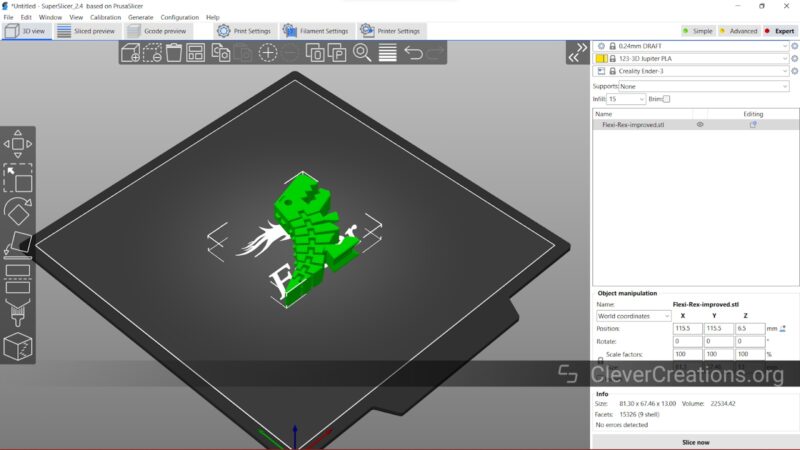
SuperSlicer is a slicer software that is based on PrusaSlicer (which itself is a fork of the original Slic3r software). It was developed with the intent of giving you more control over your printers than is possible with PrusaSlicer. To that extent, SuperSlicer gives you a lot of options for better print quality.
SuperSlicer also has an extensive calibration menu that you can use to fine-tune the prints on your Klipper 3D printer. In addition, there are options to use a command-line interface as opposed to the GUI, and you can 3D print multiple groups of objects, each with different settings.
SuperSlicer supports plenty of G-code flavors, including the ones mentioned above for Klipper printers. It’s an excellent slicer if you are an advanced user wanting to maximize your 3D printer’s performance. If you’re using Klipper firmware, we’re going to assume that is the case!
Standout Features: Custom-made calibration tests, Better Thin walls, Built-in object generation script, STL auto-repair.
Operating Systems: Windows, macOS, Linux
Where To Get It: GitHub
Cura
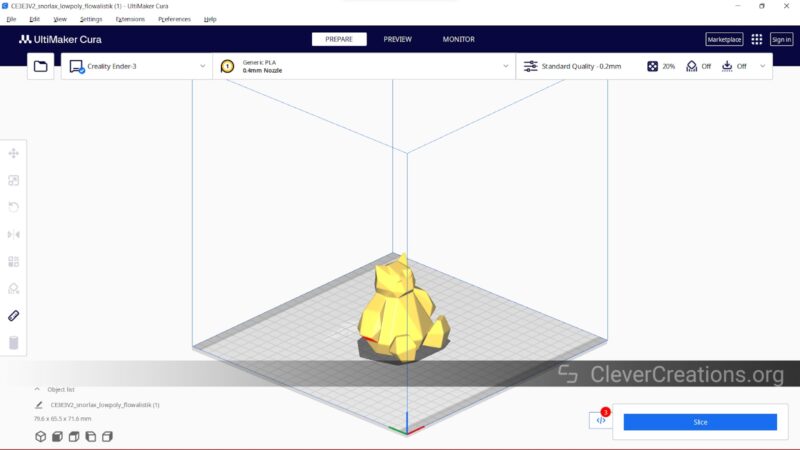
Ultimaker Cura is a great 3D slicing software for users of all levels. It’s easy to use, gives you reasonable control over your print settings, and has extensive community support. If it is the slicer you used at the start of your 3D printing journey, you probably still do. It’s that good!
To use Cura with Klipper, it’s important to set the G-code flavor to Marlin. This configuration works well, as most (but not all) of the G-code commands are the same between Klipper and Marlin. We have used this setup on a variety of machines without running into significant issues.
Tree supports in Cura are a significant plus if you want perfect overhangs without breaking a sweat. The experimental settings are also good to try too and go well with the experimental nature of Klipper firmware.
Standout Features: Tree supports, 400+ print settings, Vast plugin ecosystem.
Operating Systems: Windows, Linux, macOS
Where To Get It: Ultimaker Cura Website
IceSL
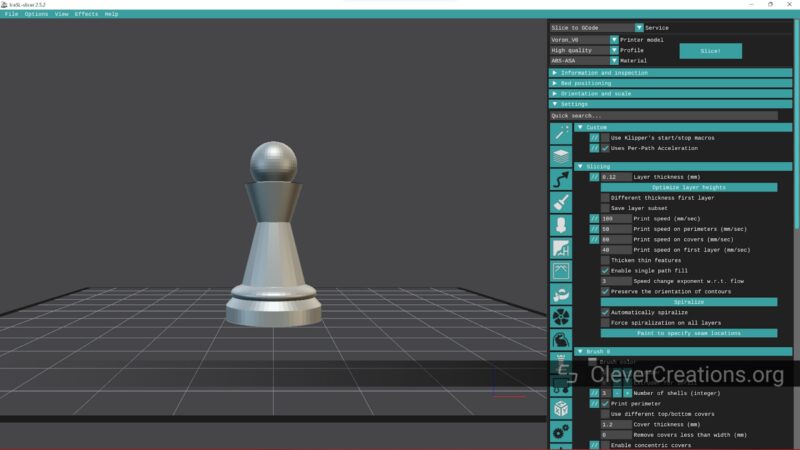
IceSL is a slicer-cum-modeling software designed for experienced 3D printing users. It supports the Lua programming language, which you can use to directly generate 3D models right in the software before slicing them.
Based on our use of IceSL slicer, it was immediately clear that isn’t as intuitive compared to other slicers for Klipper in this list. The print settings are hidden away behind a side window, and until you are familiar with the software, you have to browse through various abstract icons to find out where to go.
However, IceSL balances this by offering a high level of customization for your 3D prints. For example, it lets you add internal supports to your 3D models, draw seam lines, and customize print settings based on Z-height. These are great features for advanced 3D printing users who like to experiment with their prints.
By extension this also makes IceSL a great slicer for Klipper users, provided that you have prior experience with 3D printing. Even then, you’d need some time to familiarize yourself with IceSL and everything that it has to offer.
Standout Features: Per layer settings, Progressive infill, Online slicing option, Multiple export file formats.
Operating Systems: Windows, Linux
Where To Get It: IceSL website
Is There a Slicer Plugin for Klipper?
As of now, Klipper doesn’t have an integrated slicer plugin. This means that you cannot slice 3D prints directly from within Klipper firmware itself.
While you still need to rely on separate slicing software to prepare your 3D models for printing, that aspect has become a bit easier with things like the Moonraker plugin to connect Cura with Klipper 3D printers. You can configure PrusaSlicer to do the same directly through the Moonraker API.
Conclusion: What’s the Best Slicer for Klipper?
A good slicer can make a significant difference in the quality of your 3D prints. When using Klipper firmware, It is essential to choose a compatible slicer to get the best 3D printing experience possible.
In 2024, there are many slicer software options available. However, PrusaSlicer, SuperSlicer, Cura, and IceSL stand out as some of the best slicers for Klipper. Each of them offers unique features and caters to different user preferences.
Ultimately, there’s no one best slicer with Klipper that ticks all the boxes. At the moment, it’s still about finding the one that best matches your needs. If you use Klipper, we know you don’t mind experimenting with things, so try the options above out and see what works best!
We hope this guide has given you a clearer picture of the top slicers for Klipper. Now, we’d love to hear from you! Do you have a favorite option that we didn’t mention? Please share your thoughts in the comments section below.
Keep slicing and keep 3D printing!



